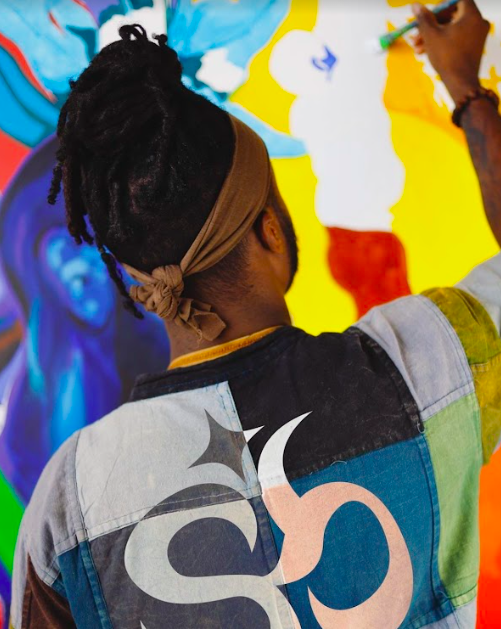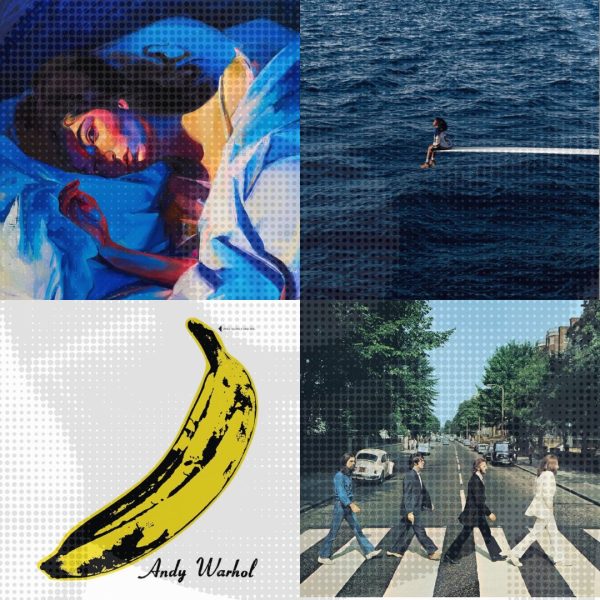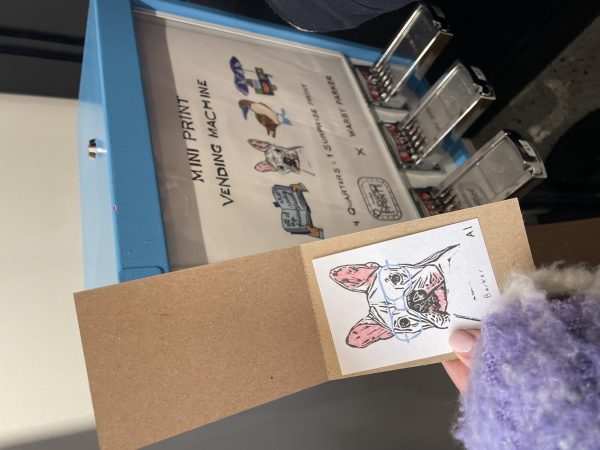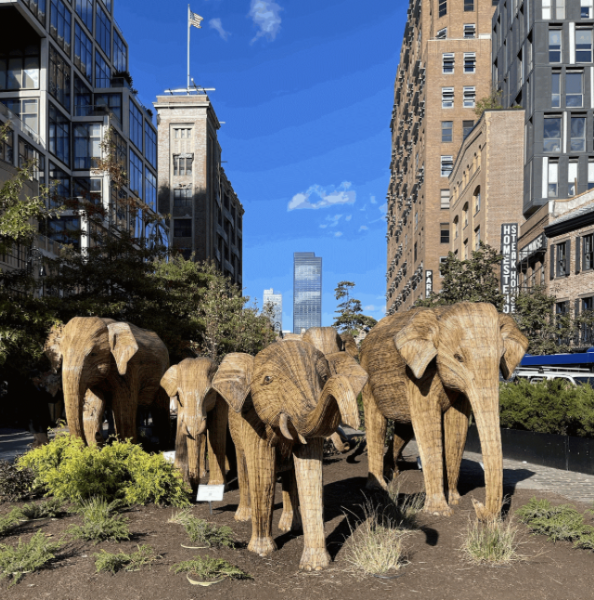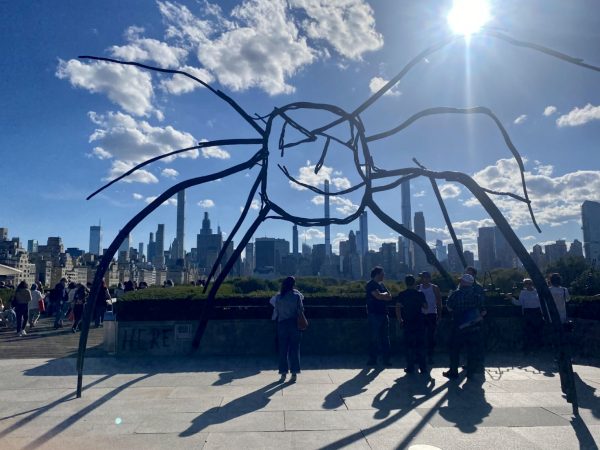What is “Primitive” About Self-Taught Art?
On Jan. 27, the American Folk Art Museum hosted a webinar on the effects the Interwar Period had on self-taught artists. Often referred to as “modern primitives,” self-taught artists have played an extremely important role in American art history. Most American folk artists are or were self-taught, and this seminar focused on many different self-taught American artists that had previously been grouped together in a monolith.
The first session, titled “Modern Primitives,” was a discussion that examined how self-taught art was exhibited in the interwar period. The discussion was led by Esther Adler, the curator of drawings and prints at the Museum of Modern Art (MoMA), and focused specifically on the MoMA’s exhibition of self-taught art. The MoMA was created in 1929 by “progressive and influential patrons of the arts,” who saw a need for a museum that pushed back against the conservative culture of the fine arts.
Adler spoke about the relationship between artists and mediators — people that champion the artist and their work. She said that often the only reason artwork survives and is placed in museums is because an intermediary figure, usually somebody that is wealthy and influential, values the work. Thus, the art that we see today is shaped by how the mediator views the artwork. When wealthy people affect the way art by self-taught artists is preserved and viewed, much of the complexity of that artwork is lost, especially because self-taught artists are often lower-class.
Susan Davidson, an independent curator and panelist for this talk, reckoned with this by centering the art as the only primary source. She recognized that the “artists themselves are not necessarily the best salesperson” and focused on the information that can be gleaned from the art in front of her rather than on secondary accounts of the artists’ lives. She did, however, grant that some biographical details are necessary to put the artists’ work into context.
Jennifer Marshall, a professor focusing on American art at the University of Minnesota, added to Davidson’s point about biographical context. She stated that self-taught artists often draw more inspiration from the political and social environment than conventionally educated artists, who are heavily influenced by their formal education. Therefore, examining the political and social context of an artist’s life can offer important insight into their work.
The second talk was titled “The Inside/Outside Conundrum.” Lynne Cooke, the senior curator for Special Projects in Modern Art at the National Gallery in Washington, D.C., delivered a lecture on how self-taught art was categorized and received in the 20th century. The name of the talk is a reference to how art was categorized by critics in the 20th century. There was the “inside” art of formally educated artists, which was categorized by a variety of factors, such as subject, medium and style, and then there was the “outside” art of self-taught artists, which was viewed as one category regardless of subject, medium or style.
Many American folk artists in the early 20th century were first or second generation European immigrants. These artists — including John Kane, Lawrence Lebduska and Horace Pippin — did not draw from royal or religious life as many of their predecessors did, but rather took inspiration from their lower- or middle-class roots, creating art that everyday people could relate to.
Unfortunately, the “intermediaries,” as Adler discussed in the previous session, greatly affected how the work of self-taught artists was displayed and consumed. Self-taught art was often grouped into one category, minimizing the complexities and differences between the works of artists with different lived experiences and inspirations. Additionally, the work of self-taught artists was displayed by “intermediaries” in museums in a way that would appeal to upper-class museum guests — who were not the artists’ intended audience.
During the late 19th and early 20th centuries, whether an artist was technically trained had an outsized influence on how their art was viewed in comparison to other works. Many critics viewed all art from self-taught artists as a monolith, grouping together art from vastly different artists and labeling those artists as “modern primitives.” As the art world has diversified, however, differences in art are more closely related to class, age, gender and race, rather than formal education or lack thereof. The term “modern primitives” is out of date — art is not “primitive” just because it is created by somebody without technical training, and there is nothing “primitive” about art that accurately depicts the ins and outs of everyday American life.



































































































































































































